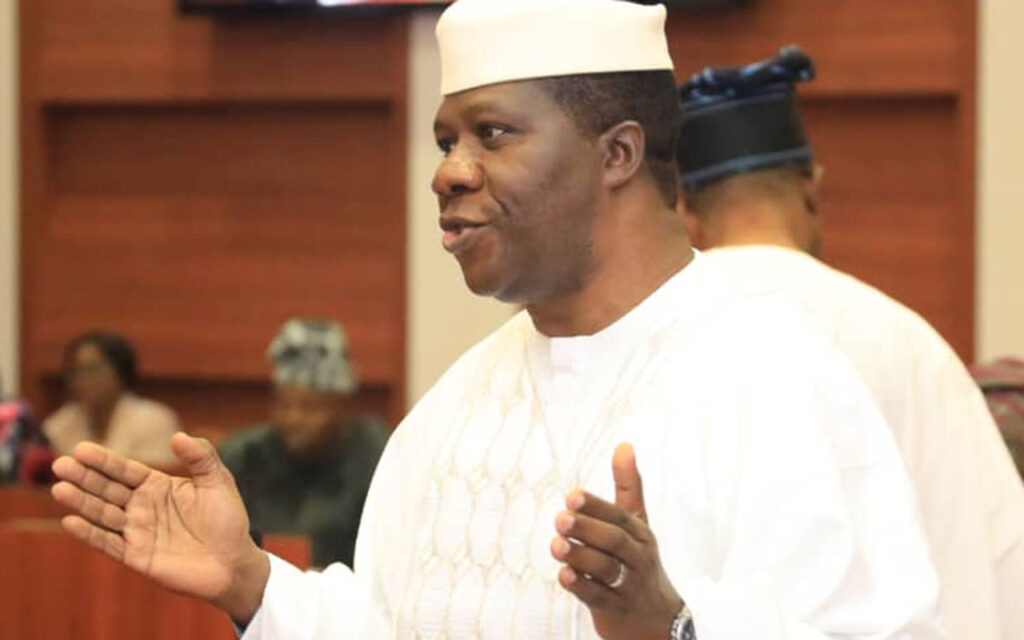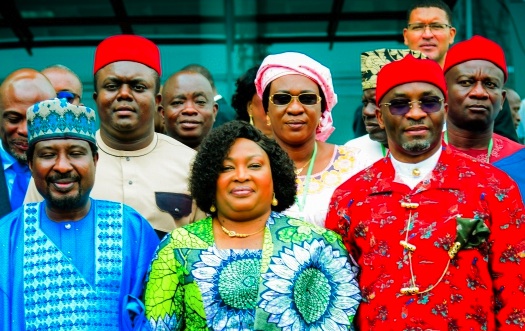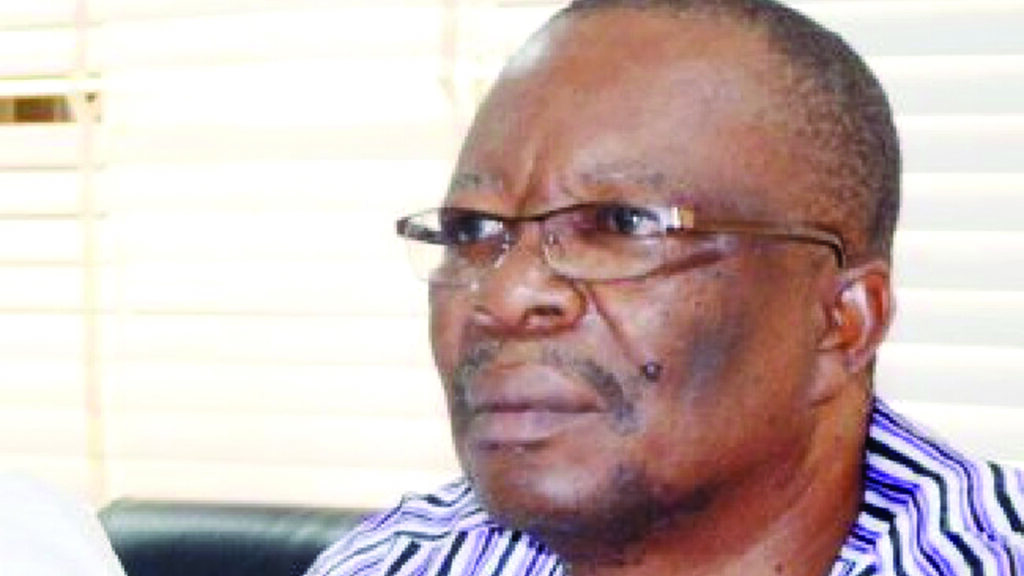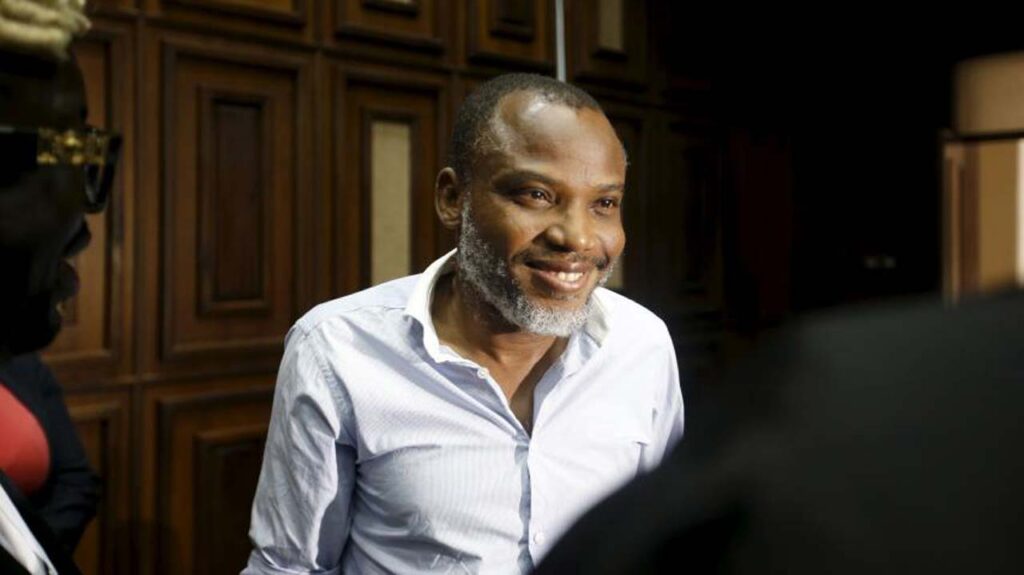Debt servicing to gulp 34% of earnings in three years
Nigeria’s public debt has risen to N121.67 trillion (approximately $91.46 billion) as of March 31, 2024, just as the Federal Government is making efforts to block revenue loss.
The Debt Management Office (DMO) said the country’s public debt was approximately N97 trillion in December 2023.
However, as concerns continue to mount on the debt profile, a review of the country’s Medium Term Expenditure Framework (MTEF) shows that Africa’s most populous black nation plans to spend N29.2 trillion on debt servicing between 2024 and 2026, about 34 per cent of proposed earning in the three years.
The recent loans from the World Bank, as well as borrowed funds by some state governments, are partly responsible for the hike in the national debt stock.
Last year, Nigeria secured $750 million loan from the World Bank for infrastructural development in its power sector, while in June 2023, another $500 million loan was approved to scale up the Nigeria for Women Programme.
In September 2023, the Breton Woods institution granted a $700 million loan for the empowerment of adolescent girls.
There is also a $2.7 billion loan from the African Development Bank (AfDB) for economic and budget support, as well as a $750 million loan contingent on the reintroduction of previously suspended taxes and $500 million loan to address challenges faced by Internally Displaced Persons (IDPs).
Meanwhile, the Minister of Finance and Coordinating Minister of the Economy, Wale Edun, hosted a stakeholder engagement on the implementation of revenue assurance and central disbursement solutions for Federal Government Ministries, Agencies (MDAs) and Government-owned Enterprises (GoEs).
The finance ministry stated that the deployment of a central revenue system was to enhance financial transparency and accountability concerning direct payments to beneficiaries and the direct deduction of what is due to the Federal Government.
It added: “Once implemented, the Government Integrated Financial Management Information System (GIFMIS) and non-GIFMIS platforms will monitor revenue generation and provide a consolidated dashboard of the revenue situation for all GoEs.”
Participants at the meeting included SA to the President on Energy, SA to the President on ICT, Central Bank of Nigeria (CBN), Office of the Accountant General of the Federation (OAGF) and Nigeria Inter-Bank Settlement System (NIBSS).
Previous governments could only access real-time updates of revenue into the Treasury Single Account (TSA), when MDAs credit the TSA after their ‘supposed deductions’.
Now, beyond real-time updates of accretion into a central account (directly and not through MDAs), the government can also monitor disbursement to MDAs as deductions and possibly expenditures.
THE MTEF review shows that in 2024, the country plans to service debts with N8.2 trillion, N10 trillion in 2025 and N11 trillion in 2026.
This means in the next three years, N29.2 trillion is planned to be spent on debt servicing by the government.
In contrast, the country plans to spend N27 trillion in 2024, N27 trillion in 2025 and N29 trillion in 2026, making N83 trillion expenditure in the period under review.
By implication, Nigeria plans to spend 34 per cent or N1.3 out of every N4 it plans to earn in the next three years on debt servicing.
In a related development, the country hopes to earn N53.5 trillion as revenue between 2024 and 2026 – N18.3 trillion in 2024, N17.3 trillion in 2025 and N17.9 trillion in 2026.
This would mean that 54 per cent of the total revenue of the country will be spent on debt servicing between 2024 and 2026, according to the MTEF data published by the budget office of the federation.













